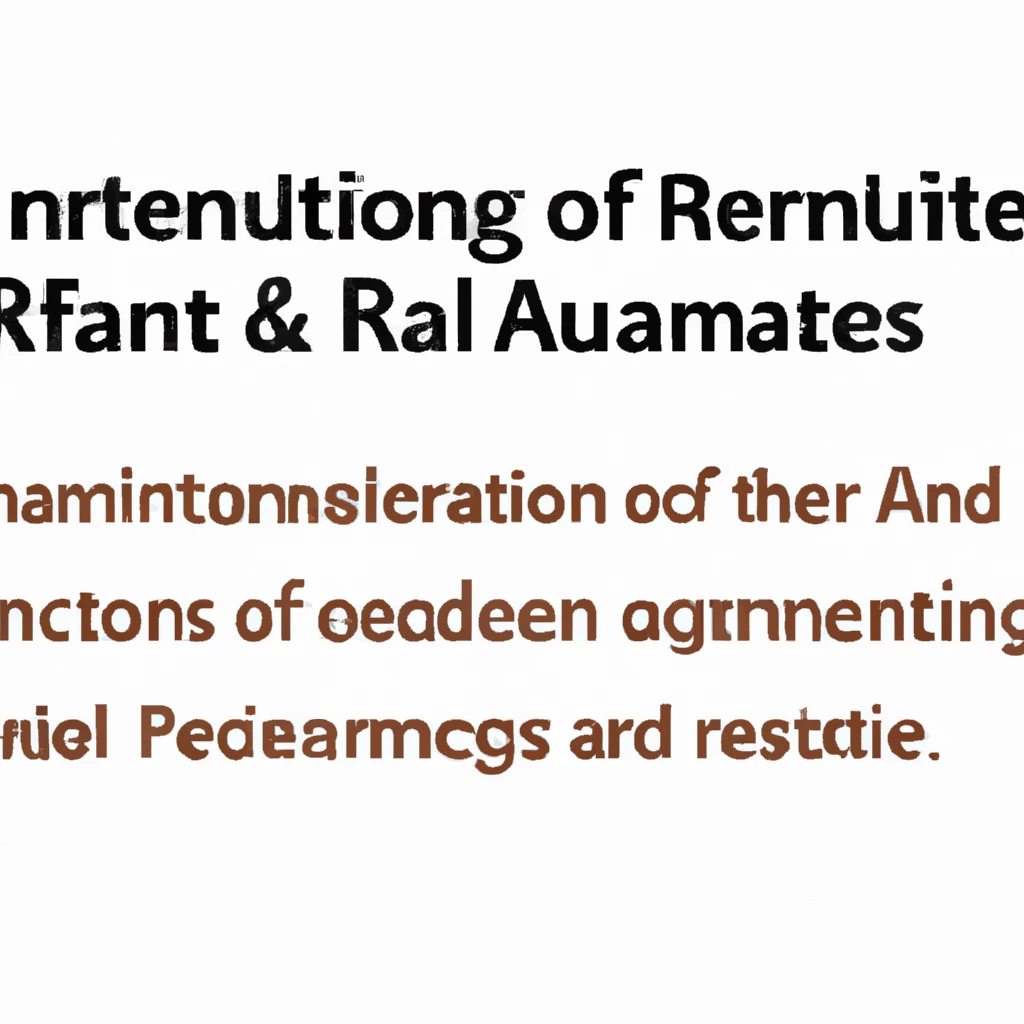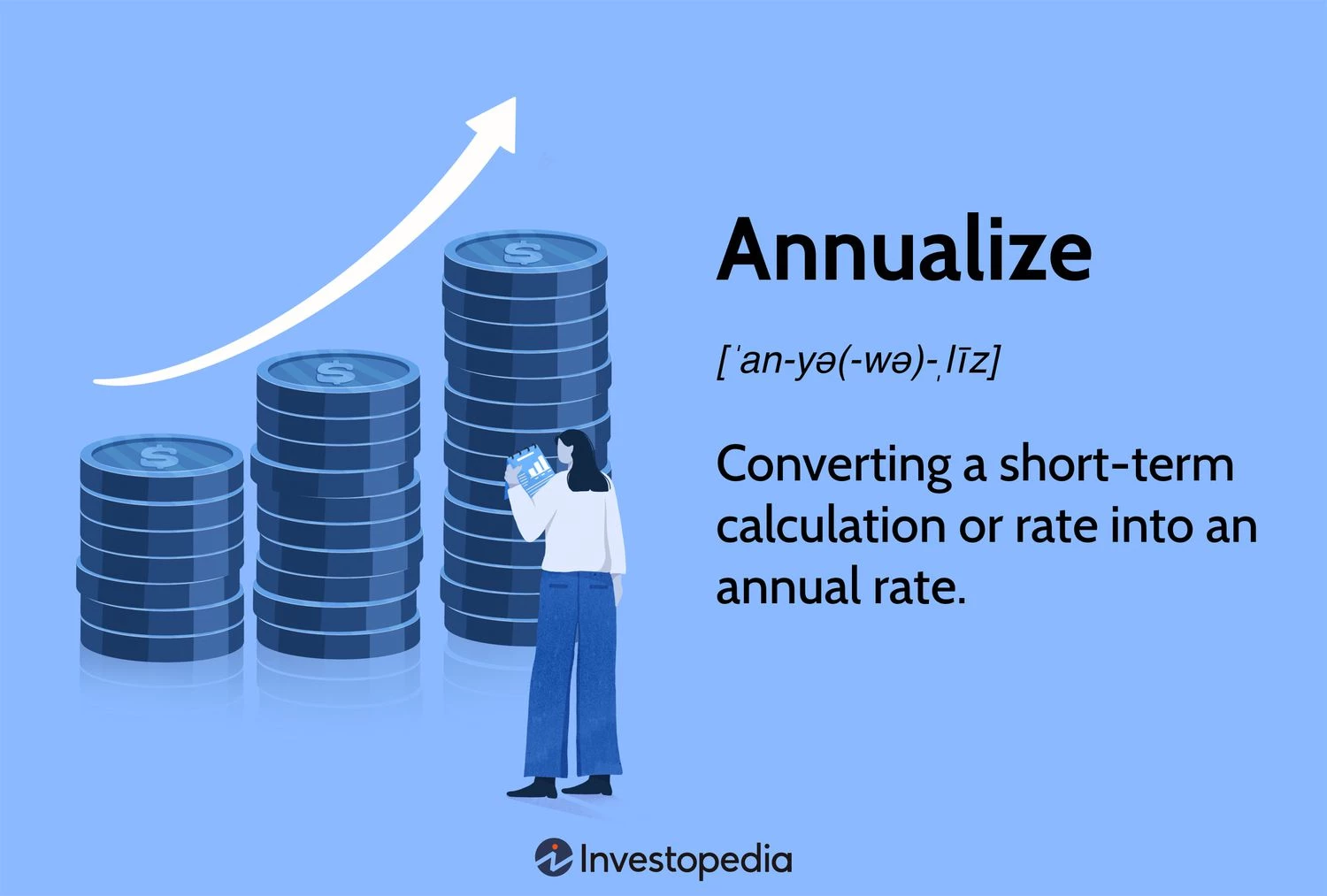What does a 12b-1 fee represent in the context of mutual funds and how is it typically utilized?
Understanding 12B-1 Fees
In the realm of mutual funds, a 12b-1 fee represents an annual charge designated for marketing and distribution purposes associated with the fund. Considered an operational expense, the 12b-1 fee is integrated into a fund’s overall expense ratio, typically ranging between 0.25% and 0.75% of the fund’s net assets. The genesis of the fee can be traced back to a section within the Investment Company Act of 1940.
Insights into 12B-1 Fees
Initially perceived as beneficial for investors during the nascent stages of the mutual fund industry, the 12b-1 fee was believed to aid in expanding a fund’s assets, consequently leading to cost efficiencies through economies of scale. However, the effectiveness of this fee remains disputed. Presently, the 12b-1 fee is predominantly utilized to compensate intermediaries for selling fund shares. Regarded as a commission remitted to salespersons, its potential to boost a fund’s performance is now widely questioned.
In 2015, the Securities and Exchange Commission initiated an examination into the utilization of 12b-1 fees to ascertain adherence to charging rules and ensure the proper disclosure of such fees.
Deconstructing the 12B-1 Fee
The 12b-1 fee can be segmented into two primary components: the distribution and marketing fee alongside the service fee. The cumulative 12b-1 fees imposed by a fund are restricted to 1% annually. The distribution and marketing element of the fee is capped at 0.75% per annum, while the service fee segment can reach a maximum of 0.25%.
Application of 12B-1 Fees in Broker-Sold Shares
Commonly found in Class B and Class C shares of broker-sold funds, 12b-1 fees may also be applicable to no-load mutual fund shares and Class A broker-sold shares.
Class A shares, typically featuring a front-end load and devoid of a back-end load, might have a reduced 12b-1 expense but usually do not carry the full 1% fee. In contrast, Class B shares, which often entail no front-end load but impose a decreasing back-end load over time, frequently incorporate a 12b-1 fee. Meanwhile, Class C shares tend to have a higher probability of encompassing the maximum 1% 12b-1 fee. The imposition of a 12b-1 fee tends to elevate the overall expense ratio of a fund to over 2%.
For instance, the Calamos Growth Fund exemplifies different 12b-1 fee scenarios, with its Class A shares bearing a modest 0.25% 12b-1 fee, while its Class C shares levy the full 1% 12b-1 fee.
Purpose of 12B-1 Fees
The distribution fee serves the dual function of financing marketing activities and compensating brokers involved in share sales. Additionally, these fees contribute to fund advertising efforts and cover expenses related to mailing fund literature and prospectuses to clients. On the other hand, shareholder service fees are earmarked specifically for hiring personnel to address investor inquiries and disseminate information as needed, although such fees may be incurred independently of a 12b-1 plan. Furthermore, an array of fees, categorized as “other expenses,” encompass costs related to legal counsel, accounting services, and administrative functions. These fees also cater to transfer agent and custodial expenses.





